What Caused So Much Anti-India Sentiment in the Indian Subcontinent?
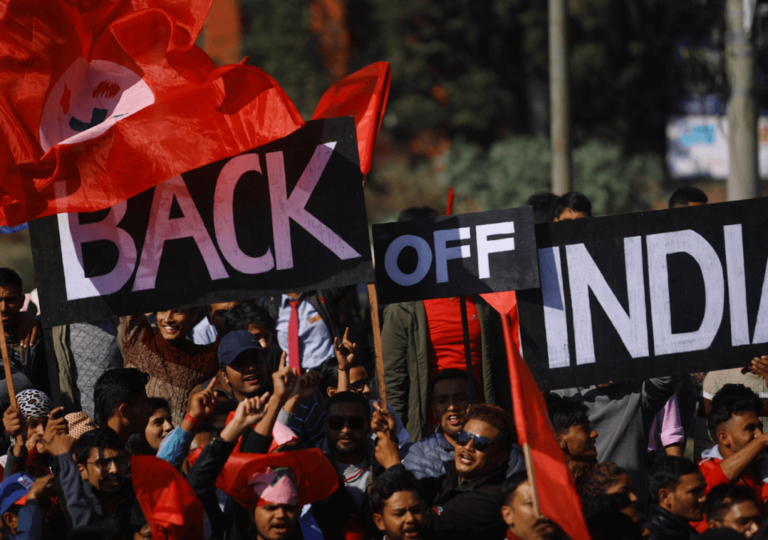
India's regional influence wanes as anti-India sentiment rises across South Asia

India's regional influence wanes as anti-India sentiment rises across South Asia
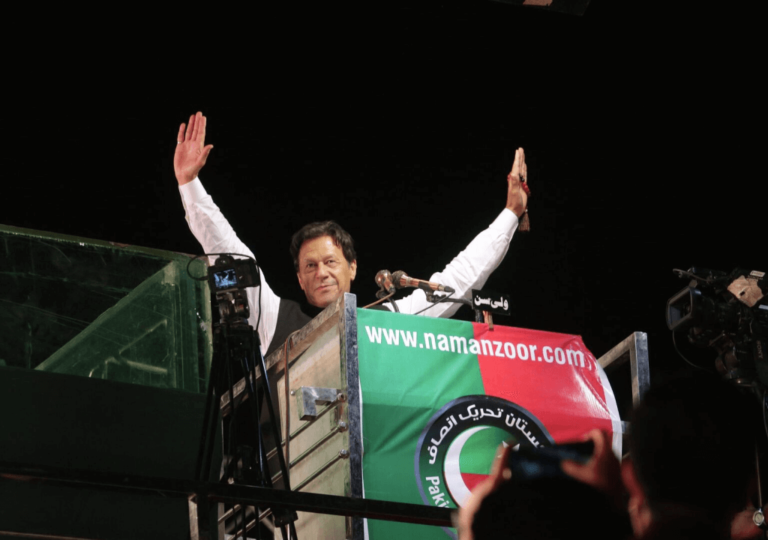
Pakistan's political crisis deepens as government seeks to ban Imran Khan's party despite court rulings
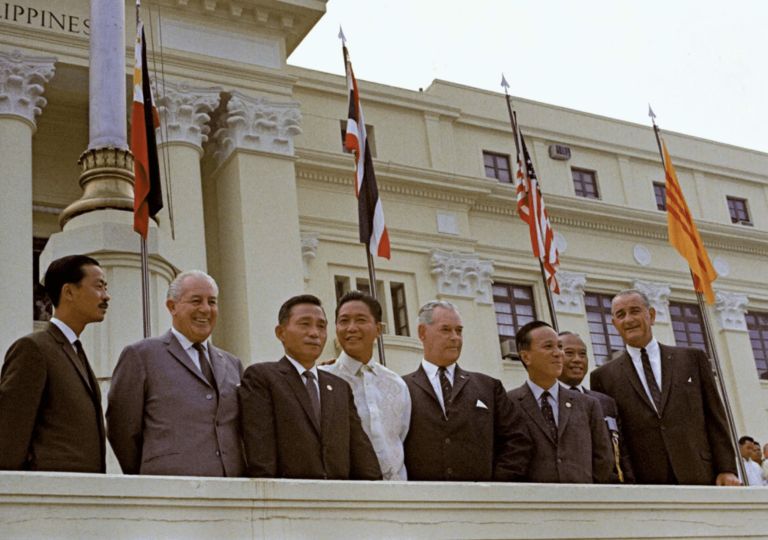
NATO's role in defending against communism and the Soviet Union, and the potential formation of a NATO-like military alliance in East Asia to counter China's influence
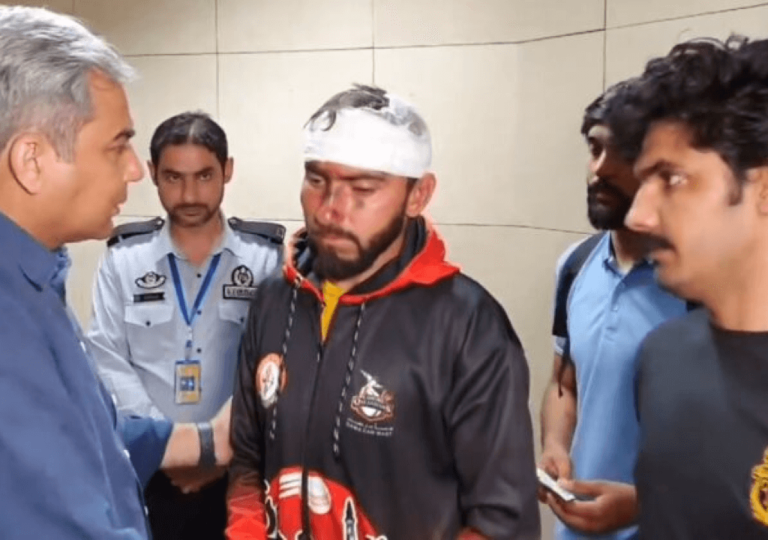
Pakistani students face xenophobic violence in Kyrgyzstan, prompting diplomatic concerns and student evacuations.
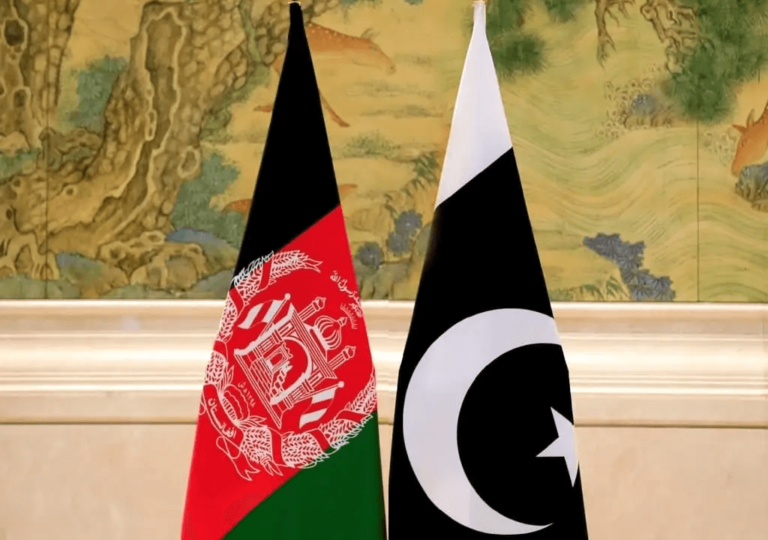
Pakistan faces existential crisis due to poor governance, separatism, and terrorism, with strained ties with neighbors like India and Afghanistan over border disputes and refugee issues.

Terrorism threatens Pakistan's stability, hindering infrastructure projects like the China-Pakistan Economic Corridor. Recent attacks on Chinese interests prompt urgent action.

The BJP-led Indian government vigorously rejects colonial legacies, seeking to revive Hindu identity by erasing Mughal influences and reclaiming pre-Islamic history.
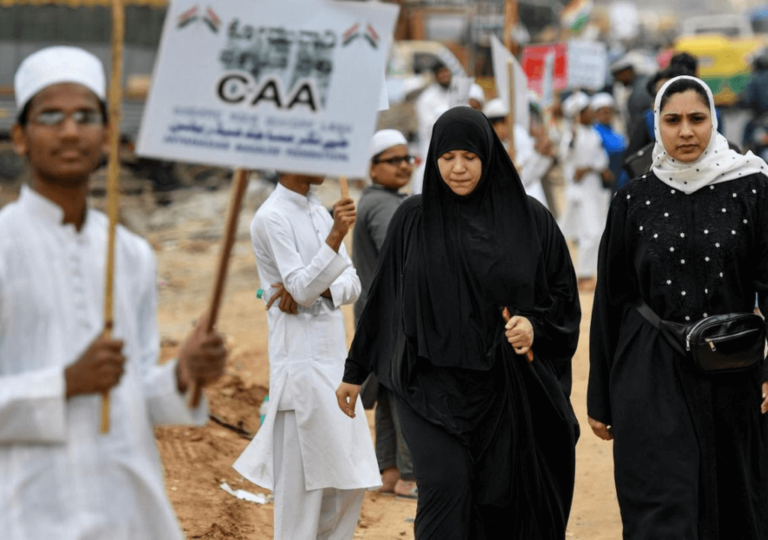
Millions seek refuge in India, straining resources. Citizenship amendments provoke protests amid concerns over religious discrimination and political manipulation.
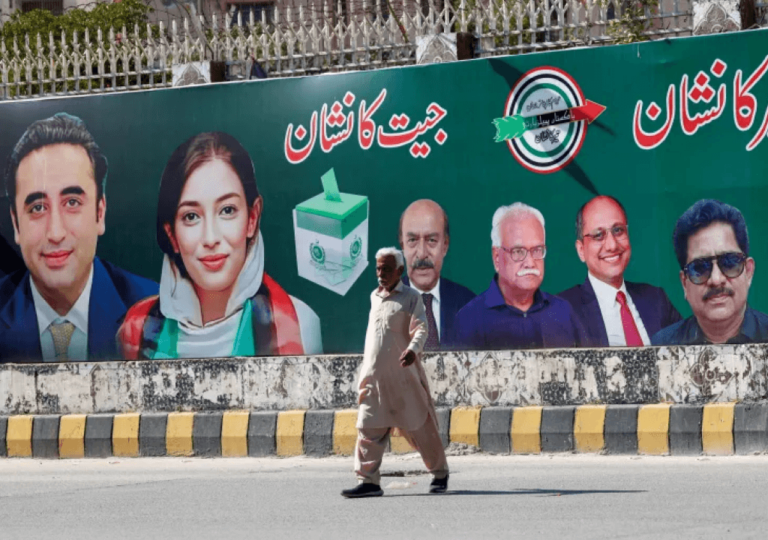
Pakistan's new government, likely led by Shehbaz Sharif, faces internal turmoil and military dominance, with minimal change expected in foreign policy.

Pakistan's political landscape shifts as PML-N and PPP form a coalition, sidelining Imran Khan's PTI despite winning votes.